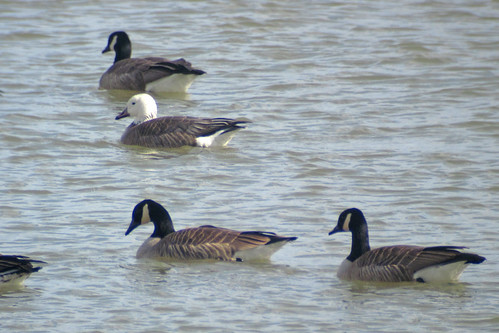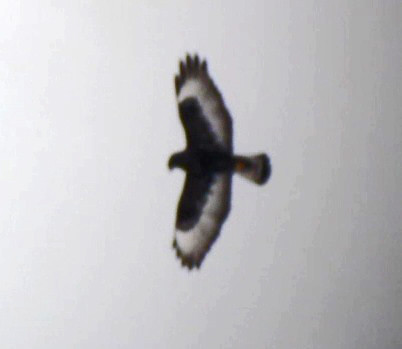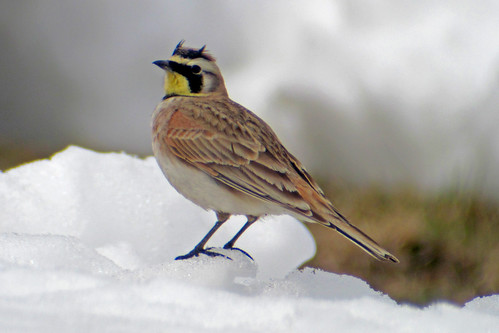Twinfield Elementary's kindergarteners are such enthusiastic learners that it was a breeze to get them excited about our March ECO lessons on wind. We spend every other Friday morning taking each class outside as part of the North Branch's ECO program. One of the teachers, Sharyn Baum, spends the month of March exploring the concept of wind and the change of seasons. The other kindergarten teacher, Rebecca Emerson, is in the middle of a unit on force and motion, which ties in well to the force and motion of wind!
As students trickled in from the bus, we set up our Nature Table. Ken and I started with students looking in a small, covered glass jar at the "really fast thing we caught" earlier that morning. (Sorry that's the only part of the lesson I have photos of. The rest of the time, we're too busy teaching to take pictures!)
They looked curiously at the jar...
We said that the mystery thing in the jar was sometimes so strong it could tip over large trees or houses, and sometimes so gentle it just tickled their cheeks. They looked and looked to see what was in the jar. We told them sometimes it is so fast it is faster than a cheetah, but other times it can go days without moving. They used magnifying glasses, and got really close to the jar.
"I don't see it!" They said. When we made whooshing sounds as a hint, they finally guessed that it was the wind. In the last photo, you can catch a glimpse of the gorgeous amarillis flower that we brought in to talk about pollen on the wind.
At morning circle time we read a story about wind out of the classic children's book Mouse Tales (by Arnold Lobel) and talked about warm air and cold air circling each other and creating wind currents. Then we got to the main attraction--getting outdoors and experiencing the wind!
Outside, the students observed a homemade weather vane in action. There were 'oohs' and 'ahhhs' and the arrow seemed to magically move around. We talked about the four directions and then they enacted being weather of their choice--lightning storms, clear skies, warm weather, windy weather--barrelling across the field. Then they grew extra legs and became spiders ballooning to new territory, on a gossamer silk they spun. The spiders then became maple seeds, spinning fast in the wind, and finally they were miniscule grains of pollen, floating through the air on a light breeze.
In the woods, they learned the story of Gluscabi and the Wind Eagle while snacking. Then we went on a hike to a higher spot in the woods, with a clearing. We were looking for just the right spot to release the wind that we caught in the jar. The students helped blow the wind into the air. One of the classes saw a large bird at that moment and wondered if it was the wind eagle. The other class made wishes and sent them up to the sky with the wind.
We returned to camp and drew buds, which we hope to be able to re-visit and observe as they change during the course of the spring. It was hard to find buds, since the area is so browsed by deer. Kids found lots of fresh nibble marks, deer tracks AND lots of fresh piles of deer scat! Some students even found droplets of sap coming out from where deer had recently browsed a tree.
We came inside and warmed up while reading the book, The Dandelion Seed (by Joseph Anthony) and each dreamed of where we would go if we were tiny seeds that could float anywhere in the world. Some of the answers were nearby--"home," or Keene, NH--and others were further and warmer: Florida, Arizona, and California. We also loved the creative ideas: my horse's nose, or Giant Land.
Where would YOU float if you were a dandelion seed caught on the wind?

























